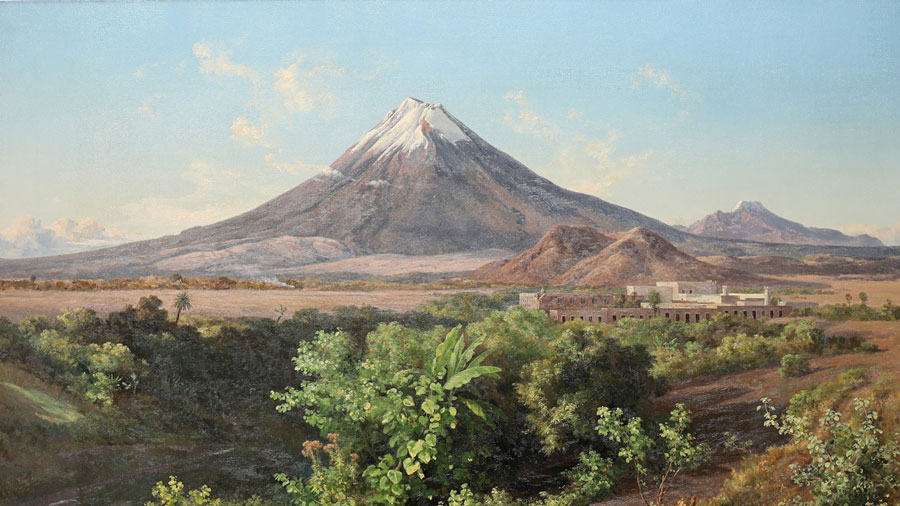Van Gogh’s Roulin Family Portraits on view in Boston

From March 30 to September 7, 2025, the Museum of Fine Arts in Boston presents the exhibition “Van Gogh: The Roulin Family Portraits”
Source: Museum of Fine Arts (MFA), Boston · Image: Vincent van Gogh: “Postman Joseph Roulin” (detail), 1888. Boston, MFA
Between 1888 and 1889 during his stay in Arles, in the south of France, Vincent van Gogh (1853–90) created a number of portraits of a neighboring family—the postman Joseph Roulin; his wife, Augustine and their three children: Armand, Camille and Marcelle. Van Gogh’s tender relationship with the postman and his family, and his groundbreaking portrayals of them, are at the heart of this exhibition, which is the first dedicated to the Roulin portraits and the deep bonds of friendship between the artist and this family.
Visitors can see approximately 20 works by Van Gogh, including the MFA’s iconic portraits Postman Joseph Roulin (1888) and Lullaby: Madame Augustine Roulin Rocking a Cradle (La Berceuse) (1889) as well as important loans from museums such as the Van Gogh Museum in Amsterdam, Museum of Modern Art in New York and Metropolitan Museum of Art. Additionally, key works of earlier Dutch art and Japanese woodblock prints—both of which profoundly informed Van Gogh’s portrait practice—along with new scientific findings provide critical insight into elements of the artist’s creative process, from his painterly touch to his choice of materials. Letters written by Postman Roulin bring to life the deep bond of friendship and a major turning point in Van Gogh’s life, as he moved to a new city and grappled with his mental health. He dreamed of creating a vibrant community of artists in Arles, which led to a visit by fellow painter Paul Gauguin, whose work is included here.
Despite imagining himself as a husband and father, Van Gogh never married or had children. As he came to terms with this, he found comfort in his relationship with the Roulins; his portraits of them capture an intimacy that resonates across place and time in families of all kinds—biological, chosen or observed. This exhibition gives visitors the most in-depth look yet at the emotional underpinnings of some of the beloved artist’s most widely recognized paintings.
Follow us on:


